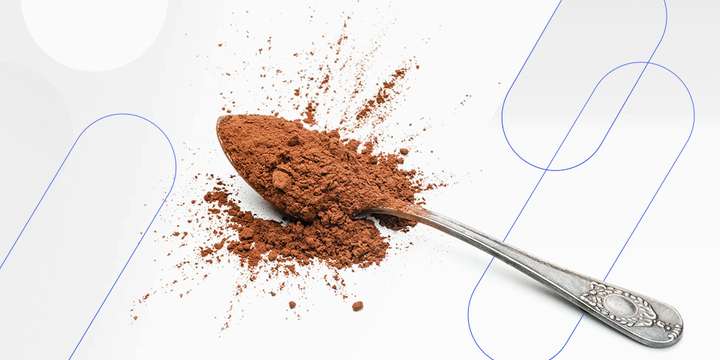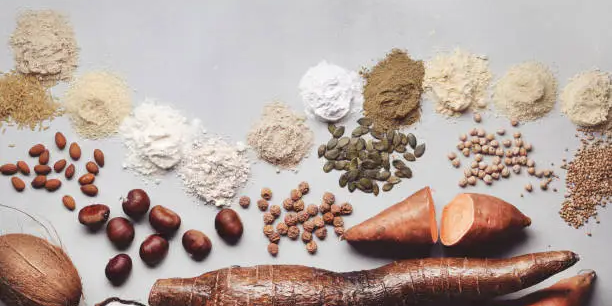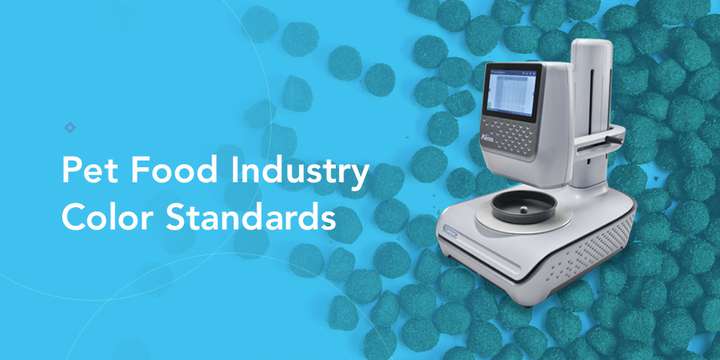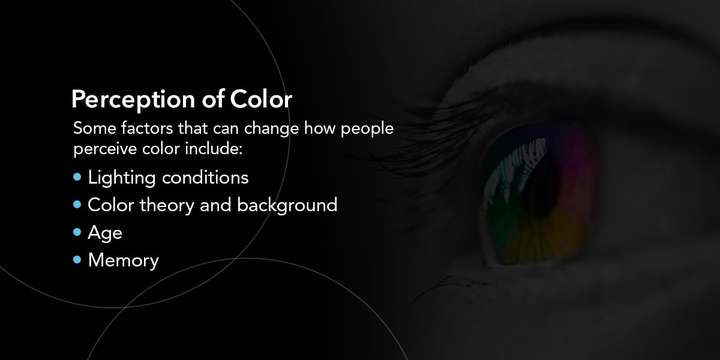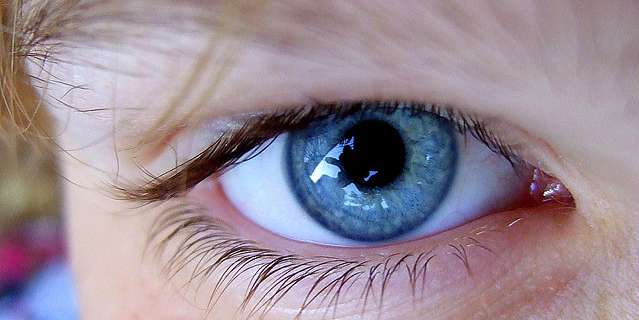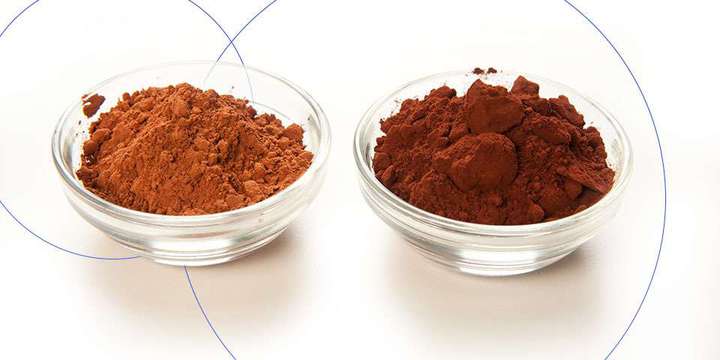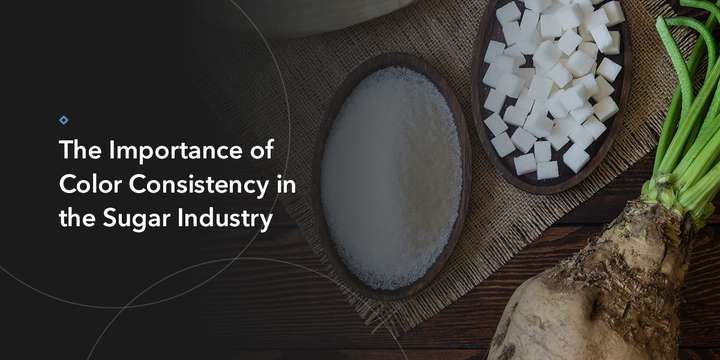What Is Color Measurement?
Color measurement aims to remove human subjectivity and determine color more accurately and consistently. With so many factors affecting how people perceive color, color measurement solutions can provide more concrete answers that eliminate outside influence.
When color measurement solutions measure color, they translate findings into numerical values you can compare against indices and codices that other organizations created. This data help teams measure shade more accurately and gain a deeper understanding of the sample they are studying.
Why Do We Measure Color?
Color measurement is essential for many industries and operations. Understanding the importance of this process can help your organization see why you need quality color measurement solutions. Some reasons businesses measure color include:
- Ensuring quality: Many industries must follow strict health and quality standards before releasing their products to customers. Irregular color might indicate something is wrong with the material. You can use color measurement solutions to identify impurities and inconsistencies before they hit shelves, ensuring your customers only receive the highest quality products.
- Meeting customer expectations: While your organization has a complete understanding of your products and their properties, customers often only know what products should look like. For example, they know tomatoes should be red when ripe and ready to eat. When customers use color to judge quality, keeping products consistent can show customers that products are safe to use and consume. Using color measurement solutions can help ensure your products meet your customers’ standards to build strong relationships and trust in your products.
- Improving consistency: Color measurement techniques and solutions can help your organization better understand your products and deliver increased consistency. Color measurement equipment like spectrophotometers are very reliable and provide consistent results. When you can trust your solutions, any changes in outcomes can help you understand that your sample and its properties have changed. These processes can allow your teams to learn more about your products and how they might react to various elements.
- Matching branding standards: Many companies have branding standards for their marketing materials, including logos, fonts, and colors. However, your products and their appearance can also improve brand recognition. Customers might associate your products with a specific design and color, allowing them to identify them against competing brands. For example, many children’s cereal brands use bright colors to attract their audience and your color choices can help kids identify your cereal against other options.
- Eliminating subjectivity: People perceive colors differently and individuals might have varying definitions of colors. When working with white material, one person may consider it ivory, while another might think it’s eggshell. Color measurement provides organizations with numerical data and color indices to offer more objective results.
Many organizations have to meet outside compliance and quality standards. Your color measurement equipment can provide the data you need to keep your compliance certifications.
What Is a Spectrophotometer and How Does It Work?
You conduct color measurements with spectrophotometers, which use light and energy to determine your sample’s color. The spectrometer is the first component — this part has a lens that passes a light beam through a prism to split it into the visible spectrum wavelengths. Next, the photometer determines how much light the samples absorb and sends that data to the solution’s display. You can use color measurement units and indices to determine more exact hues.
Spectrophotometers function on the principle of spectrophotometry, a color measurement method that states that all materials absorb, transmit, and reflect light. Measuring light’s intensity as it interacts with objects can help identify how much they absorb.
Alternatively, spectroscopy is the study of energy and radiated matter interacting. It is the basis for fields like chemistry, physics, and astronomy. When approaching color measurement by spectrophotometer, understanding each term can help you get results using spectrophotometry.
A Brief History of Color Measurement Devices
Color measurement and its devices have a rich history that reflects humanity’s comprehension of color and how to quantify it. Some milestones in color measurement and quantity include the following:
- Mid-1600s: Color measurement and definition started in this period, when Isaac Newton used prisms to show how white light separates into various colors. He shined a light through the prism and watched it produce the spectrum of visible colors.
- Early 1800s: In an impressive improvement in color comprehension, Thomas Young proposed a new theory suggesting that the red, green, and blue receptors in our eyes are responsible for the variety of colors we perceive. James Clerk Maxwell helped prove this theory by showing how many color combinations people could create by mixing the three primary colors.
- 1931: Organizations started to improve color measurement quantification by developing color spaces, which they could use to map and reproduce colors with increased accuracy. The International Commission on Illumination (CIE) created the first one this same year.
- 1940: Arnold Beckman and colleagues at National Technical Laboratories develop the first spectrophotometer.
- Around the 1940s: David MacAdam created the first tolerancing diagram. These color measurement standards helped determine how much variation a color needed before people noticed a difference.
- 1941: Richard Hunter created a new color model using a tristimulus system, which he named HunterLab. It uses three axes to quantify color, creating more uniformity and consistency between samples and tests.
- 1976: CIE updated their L*a*b* model, which many color measurement solutions use today.
Spectrophotometers have undergone incredible changes and advancements since their initial development. The early models could only measure color from one angle. Now, spectrophotometers can collect data from multiple spots on the sample for increased accuracy and precision. Additionally, companies developing color measurement solutions, like HunterLab, have created no-contact models, streamlining the measurement process to avoid cleanup. This system can also protect against cross-contamination between samples.
6 Industries That Use the Measurement of Color
Color measurement has many applications and functions across industries. You can implement these solutions into your organization’s operations for excellent results that highlight consistency and reliability.
1. Coffee and Liquid Beverages
When purchasing consumable products, customers use color to indicate quality. Discoloration and inconsistencies might lead customers to think drinks are unsafe to consume. Additionally, many soft drink producers use specific colors for their various options, requiring consistency to deliver the desired results.
2. Pharmaceuticals
The biopharmaceutical industry needs the highest quality materials and final products because of their function and applications. Spectrophotometers can help labs understand product quality, stability, and degradation by determining the amount of active pharmaceutical ingredients (API) within products. Color can support ingredient quality, manufacturing processes, and branding standards. You can use these processes to identify contamination and understand product properties.
3. Building Materials
Building materials can impact the perception of the final structure. Color measurement can help construction and contractor teams create the exact aesthetic and atmosphere they want with their products.
4. Chemical Analysis
Various industries and teams rely on chemicals to carry out daily operations. Color measurement can help identify contamination and property changes that can influence functionality, helping you ensure you’re providing quality chemicals with the correct properties.
5. Food
Like beverages, food providers and producers can use color measurement solutions to increase quality. You can use color measurement at the production stage to identify contamination in ingredients, ensuring your products use only the best quality materials. Color measurement can also provide more accurate results at the quality assurance testing stages. Color measurement solutions work on all foods, from snacks and fresh produce to oils, sugars, and grains.
6. Paint and Coatings
Paint and coatings can support aesthetics and branding standards. Clients will rely on color precision to achieve the architectural or industrial finishes they want for their products and facilities. Color measurement solutions can ensure your paint and coating products have the necessary properties to deliver the desired results.
8 Color Measurement Solutions From HunterLab
As an industry leader in color measurement technology and advancement, HunterLab offers several compact and easy-to-use color measurement solutions you can implement into your labs. Our solutions include various features and software compatibilities so that you can get the most from your color measurement tools. You can also use our HunterLab quality control software with our products for additional care and efficiency.
1. ColorFlex L2
The ColorFlex L2 uses a 45°/0° geometry, measuring color how the eye sees it for increased accuracy and consistency. It works with all samples, from solids and liquids to powders, grains, and pellets. This color measurement instrument also comes in other models with abilities tailored to measure specific food, including:
- Coffee: The ColorFlex EZ Coffee increases consistency when measuring coffee grounds and beans for better results and reliable data. It offers additional applications by interacting with coffee in several forms, including coffee grounds or instant coffee powder.
- Citrus: The ColorFlex EZ Citrus is excellent for measuring the color levels in juices and concentrates from oranges, lemons, and grapefruits. It gives companies essential metrics, including the Citrus Number and redness and yellowness levels.
- Tomato: Tomatoes come in various forms and producers must rely on their color measurement equipment to make consistent and reliable tomato goods. The ColorFlex L2 Tomato can measure fresh tomatoes, tomato paste, tomato sauce, tomato juice, ketchup, and tomato soup.
The ColorFlex L2 stores up to 2000 pass/fail tolerances for efficient color and sample analysis and allows you to establish 250 sample setups for easy preparation. It can also connect to printers and PCs to share and transport your data and findings.
2. Aeros
You can improve reliability and consistency with the Aeros Spectrophotometer when working with non-uniform or highly textured samples. This color measurement tool uses auto-height positioning and a rotating platform to provide complete and accurate color measurement results for various sample types.
The Aeros is about efficiency and simplicity for stronger lab operations at your facilities. It measures 27.5 square inches in five seconds, and you can operate the Aeros by pushing one button, reducing training time. The auto-height option eliminates lengthy setup and cleanup processes. It is compatible with USB and Ethernet connections for increased data sharing and analysis.
3. Agera
The Agera Spectrophotometer offers comprehensive metrics and measurements to collect color, fluorescence, gloss, and image data in one process. After measuring color, it will store images for simultaneous results and saved data. You can choose from various plat sizes to measure samples for increased applications.
The Agera simplifies color measurement processes. The touch screen makes it easy for operators to navigate controls and read results. You can connect this solution to USB ports and Ethernet for increased data-sharing capabilities.
4. Vista
The Vista Spectrophotometer measures color and haze metrics accurately and reliably when measuring transparent liquids and solids. We designed this color measurement instrument to handle liquid samples — you can streamline the cleanup process with the spill-resistant sample compartment. The Vista will automatically calibrate itself for increased setup efficiency.
With the Vista prioritizing efficiency, you can add your standards and benchmarks to understand how you meet your quality assurance standards. It offers increased connectivity features, allowing you to print, email, and stream your results.
5. Vista-ER Transmission
The Vista-ER Transmission Spectrophotometer comes with embedded Essentials-ER software. When you need to measure transmission and meet FDA compliance, you can have everything you need in one place without buying extra solutions. It also comes with a PDF version of the Validation and Compliance Notebook to help you understand the various protocols, systems, and tools.
Like the Vista Spectrophotometer, this model will collect color and haze measurements simultaneously for increased efficiency and simplicity. It also has an accessible modern touchscreen for easy navigation and operations. You can share data from this device via USB and Ethernet ports.
6. UltraScan PRO
The UltraScan PRO helps your teams measure color through reflection and transmission with incredible precision and reliability. It expands its color measurement abilities into the infrared and ultraviolet wavelength ranges to collect data about whitening agents. You can measure spectral reflectance, transmission haze, and spectral transmittance.
This color measurement instrument uses automated lens changes to collect information easily and efficiently. It has automated UV calibration for increased control when measuring color. Because this solution’s compartment opens on three sides, you can measure larger samples for excellent transmission results.
7. UltraScan VIS
The UltraScan VIS Spectrophotometer lets you receive precise results when working with dark or highly saturated samples. This color measurement instrument measures transmission, haze, and reflected color of transparent, translucent, and opaque samples.
When you want to prioritize reliability and consistency, the UltraScan VIS offers incredible accuracy with its measurement. You can ensure any variability with sample results is from sample properties changing rather than equipment error. The UltraScan VIS can help color measurement labs better understand their products and samples.
8. MiniScan EZ 4500
While HunterLab designs compact color measurement solutions that can easily fit into your benchtop spaces, many applications might require portable solutions. The MiniScan EZ 4500 Portable Spectrophotometer has an ergonomic design that makes it easy to hold and operate in one hand. You can find navigation buttons on the handle with your thumb. The display is large and easy to read, so you can understand results wherever work takes you.
The MiniScan EZ 4500 uses a 45°/0° geometry to measure color. It includes several common indices and scales, 100 standards, and 800 sample measurements. Operators will receive several types of information when completing measurements, including:
- Color data.
- Color plot.
- Color difference data.
- Spectral data and difference.
- Spectral plot and difference.

